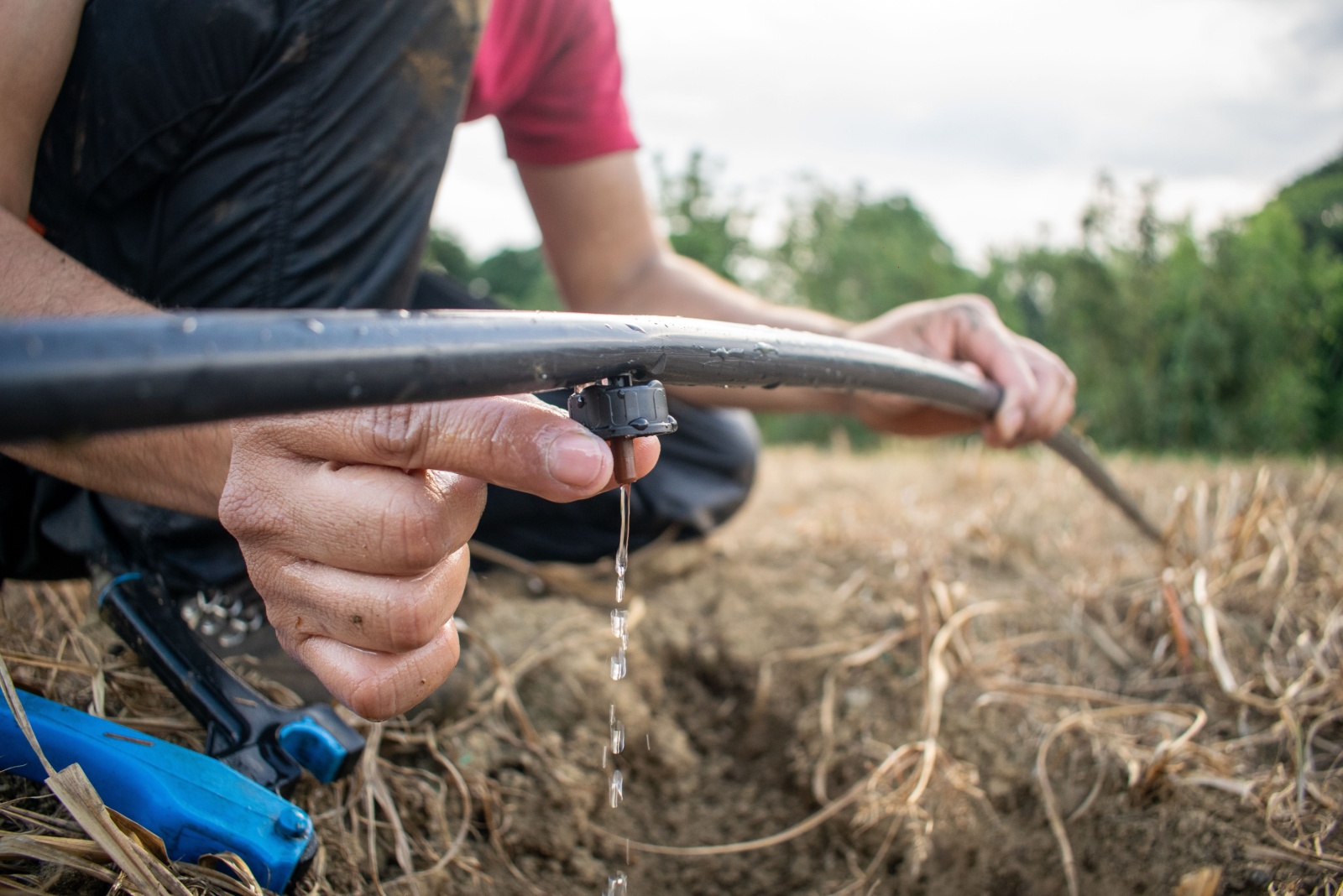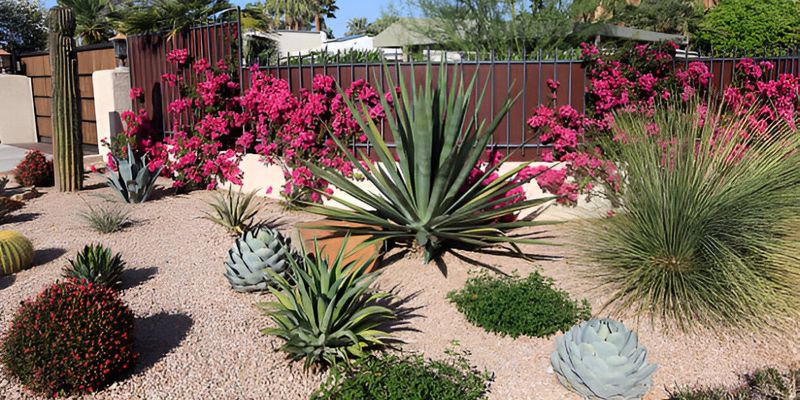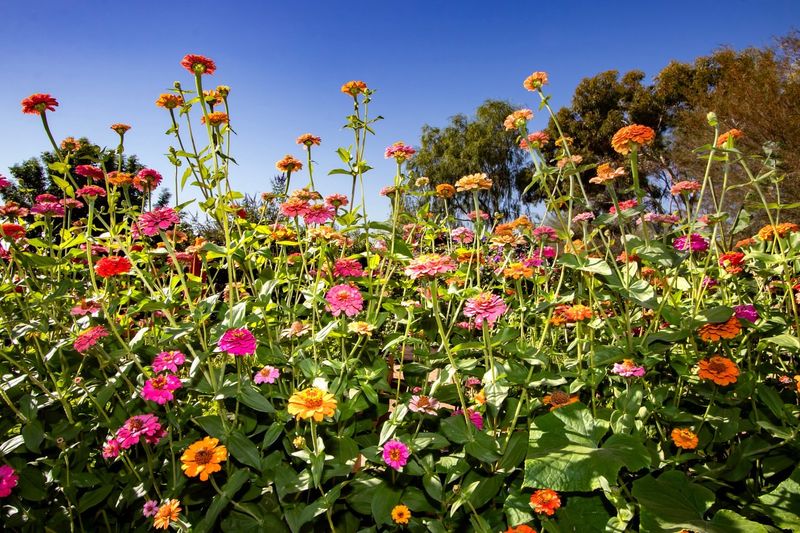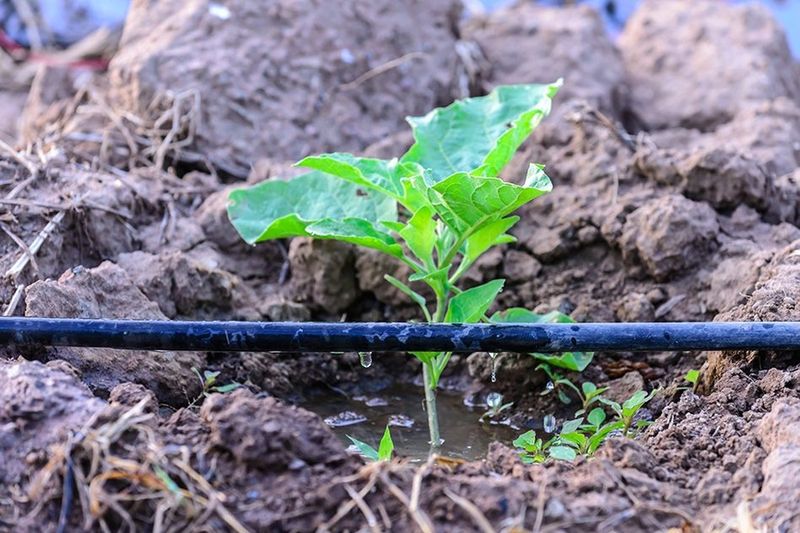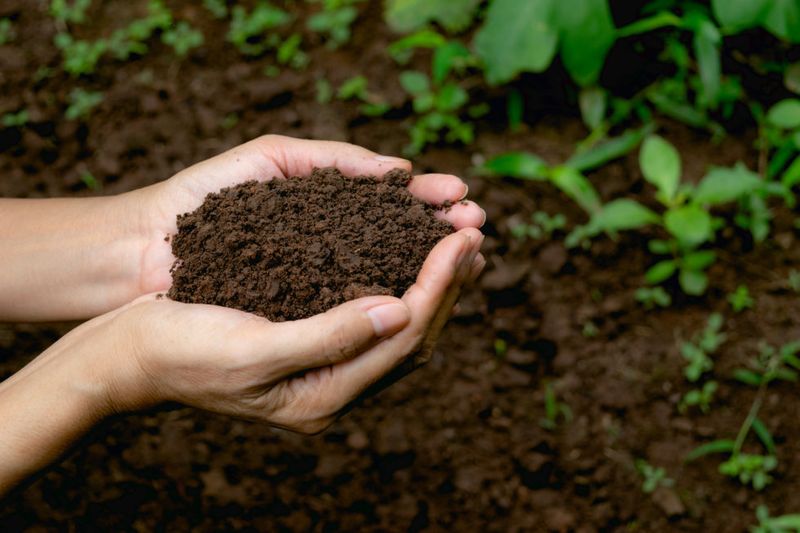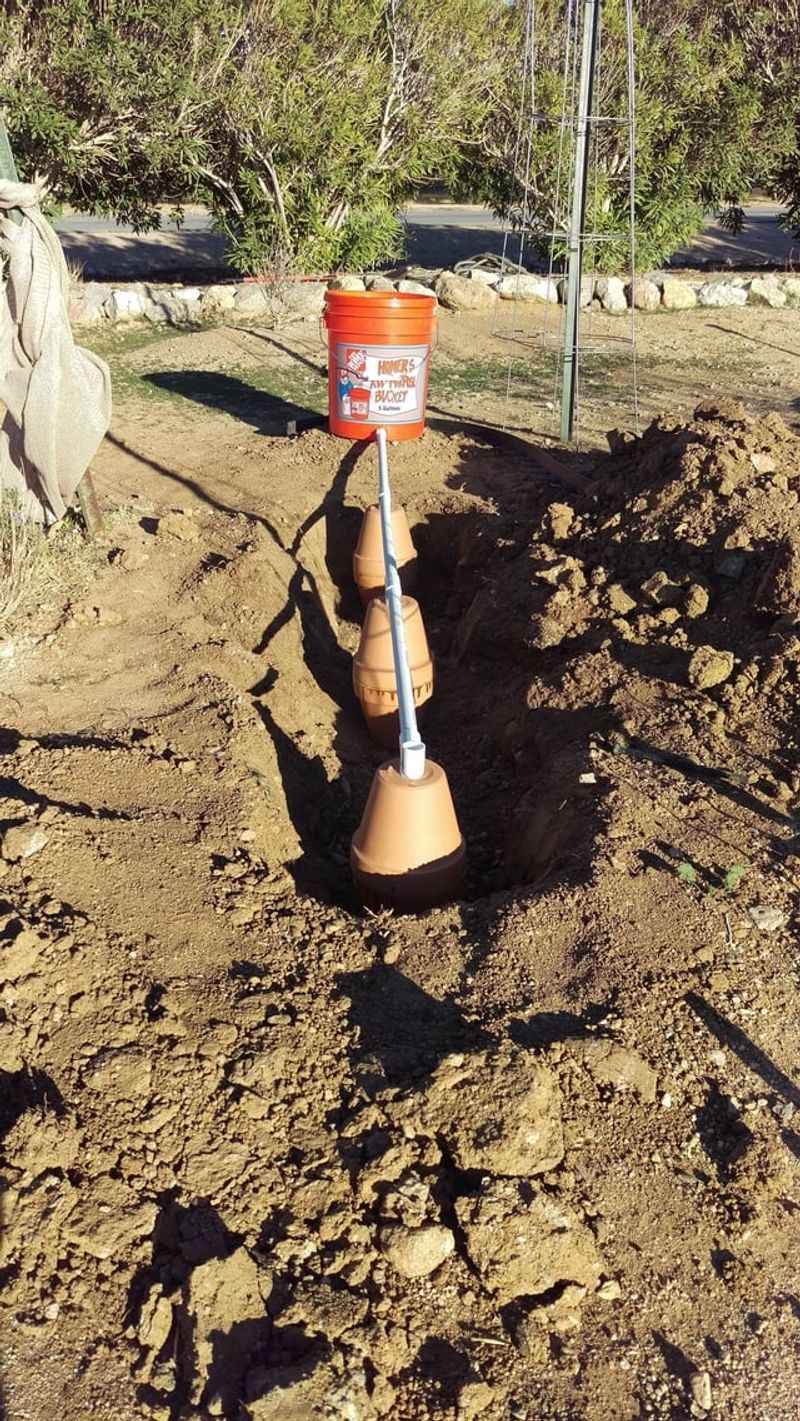Living in Nevada means facing relentless heat and scarce water. Gardens feel the strain during long, dry summers. That’s why smart watering isn’t just helpful—it’s essential. With tighter water restrictions each year, conservation is more than a trend.
It’s a necessity for anyone growing in the desert. Every drop counts when keeping plants alive and thriving. Cutting back on water doesn’t mean sacrificing beauty or growth.
With the right tools and timing, your garden can flourish sustainably. It’s all about working with the climate, not against it.
1. Mulch Like You Mean It
A thick layer of mulch acts like a protective blanket for your soil. In my Las Vegas garden, adding 3-4 inches of wood chips slashed evaporation almost immediately.
The desert sun can’t directly hit the soil, so moisture stays where your plants need it – in the root zone. Plus, as mulch breaks down, it improves soil structure.
I’ve found organic mulches like straw, bark, or even pine needles work wonderfully in Nevada’s harsh climate, keeping soil temperatures more stable and reducing watering frequency dramatically.
2. Embrace Desert-Adapted Plants
Switching to native plants changed everything for my Nevada garden. These tough survivors evolved alongside our harsh conditions and thrive with minimal intervention.
Desert marigold, globe mallow, and penstemons bring color while sipping water sparingly. Their deep root systems seek out moisture far below the surface.
One client’s yard in Henderson went from needing daily watering to weekly after replacing thirsty annuals with drought-tolerant perennials – the transformation was remarkable and the garden looked even better than before.
3. Group Plants By Water Needs
Creating hydrozones revolutionized my watering routine. By grouping plants with similar thirst levels together, no plant gets over or under-watered.
The cacti and succulents live happily in my Nevada garden’s driest section, getting water maybe once monthly. Medium-water plants like salvias and desert spoon occupy the middle zone.
Only a small area contains water-loving plants, which I placed where they catch runoff from other zones. This strategic arrangement cut my water bills by 40% without sacrificing garden beauty.
4. Install Drip Irrigation Systems
Switching from sprinklers to drip irrigation was game-changing for my Reno garden. Water goes directly to plant roots instead of spraying everywhere and evaporating in our dry Nevada air.
The system delivers precise amounts exactly where needed – no waste on sidewalks or between plants. Emitters with different flow rates let me customize water delivery based on each plant’s needs.
Setting timers for early morning watering means moisture soaks in before the heat hits. My neighbors were shocked when I showed them my water usage dropped by half after installation.
5. Create Shade Strategically
The afternoon sun in Nevada can be brutal on plants. Creating shade with trellises, shade cloth, or even taller plants protects more delicate species during the hottest parts of the day.
My vegetable garden survived last summer’s 110-degree days thanks to 30% shade cloth stretched overhead. The reduced evaporation meant I could water every third day instead of daily.
Placing larger shrubs on the western side of water-sensitive plants creates natural afternoon shade. This simple arrangement has saved countless plants in my Carson City garden from sunburn and dehydration.
6. Improve Your Soil Structure
Nevada’s native soil often doesn’t hold water well. Adding organic matter transformed my garden’s water retention capabilities almost magically.
Compost, aged manure, and worm castings work together to create soil that holds moisture like a sponge. The improved structure also encourages deeper root growth, helping plants find water on their own. Last year, I amended a new bed with 2 inches of compost before planting.
Those plants needed half the water compared to the same varieties in my unamended soil – proof that good soil is the foundation of water conservation.
7. Water Deeply But Infrequently
Many Nevada gardeners make the mistake of frequent shallow watering. Changing to deep, infrequent sessions encourages roots to grow downward, seeking moisture in cooler soil layers.
The technique feels counterintuitive at first. When I switched to watering twice weekly but for longer periods, my plants actually looked healthier despite receiving less total water.
Morning watering prevents fungal issues common in our state’s gardens. I’ve found that watering deeply enough to reach 8-12 inches down, then waiting until the top few inches dry out completely, creates resilient plants that withstand our harsh climate.

